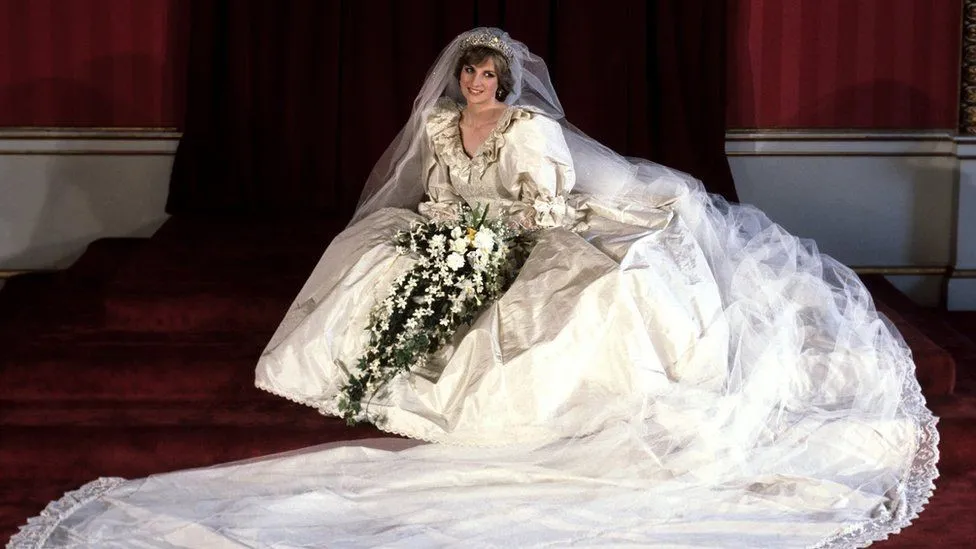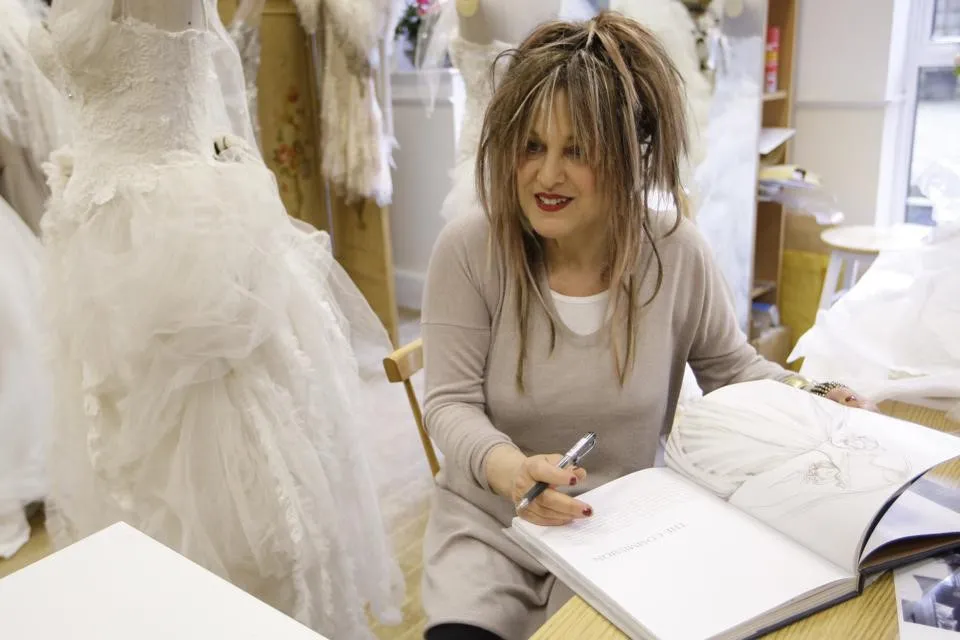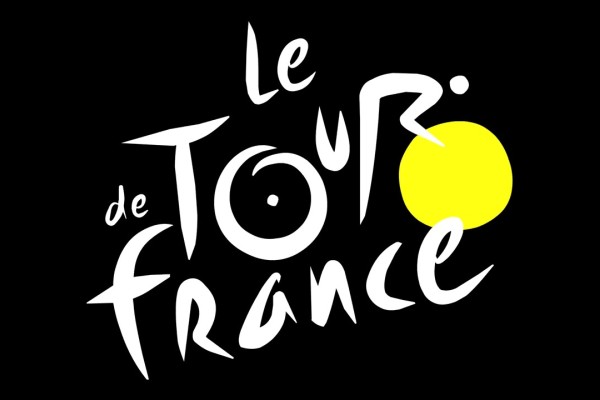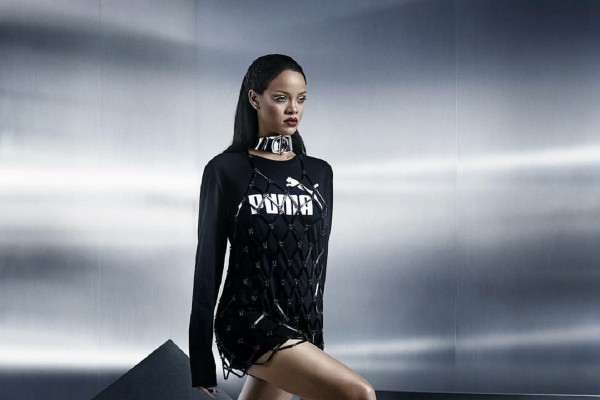The Right to a Designer’s Name
Eponymous brands are common in the fashion industry, successful examples include some of the biggest names such as Chanel, Christian Dior, Gucci, etc.
While it’s common for well-known designers to associate their names with their products by using the names as trademarks, have you ever thought about what happens if the business that runs the eponymous brand goes though significant changes such as restricting or insolvency?
One famous case regarding eponymous brands involves Elizabeth Emanuel, who is well known for designing Princess Diana’s wedding dress in 1981.

Photo from BBC.com
After her initial success, Emanuel entered into a partnership, to which she assigned her business and all assets including its goodwill and an application to register her own name as a trademark. The partnership went into administration within a few months, but following a series of unfortunate incidents, the company was taken over, Emanuel left the employment shortly after and lost all the assets.
In 1999, Emanuel filed a request to revoke the assigned mark ‘Elizabeth Emanuel’ and lodged an opposition against a new trademark of the same name filed by the new undertaking.
Her ground was that the public was confused and deceived as she was no longer the designer of the clothes bearing this trademark.
However, she was rejected in the first instance on the ground that the confusion and deception were lawful and inevitable as a consequence of the assignment of the business and the goodwill associated.

Source of photo forbes.com
Emanuel appealed and the case ended in the European Court of Justice in 2006.
The court ruled that names of designers could be registered as trademarks, and a trademark of such kind could not be revoked on the ground that it would mislead the public as long as the goodwill associated had been assigned together with the business.
Fortunately for Emanuel, in July, 2021, after 25 years of fighting back for her name, she finally reached a settlement with the current owner of the trademark who will allow her to market her designs under her name in an exclusive one-year deal. Lawyers of Emanuel are planning to make a second court claim to regain the trademark rights.
So why did Emanuel have to fight for something she has always had in her life…her name?
Actually there have been numerous similar cases where the change of ownership of eponymous brands led to loss of designers rights to design under their own names because they have assigned the trademark incorporating their names to other undertakings.
It’s common that designers in the fashion industry use their own names as their brands’ names, but in the trade law field, someone’s name can only be protected as a trademark if it is used to identify the source of the goods or services.
Therefore, before designers opt for own-name marks, it is important to understand that the trademark incorporating one’s name is a commercial asset which can be bought and sold just like any other commodity.
Such asset must be managed carefully from a long-term perspective because losing the right to one’s own name could be really costly to a designer.


